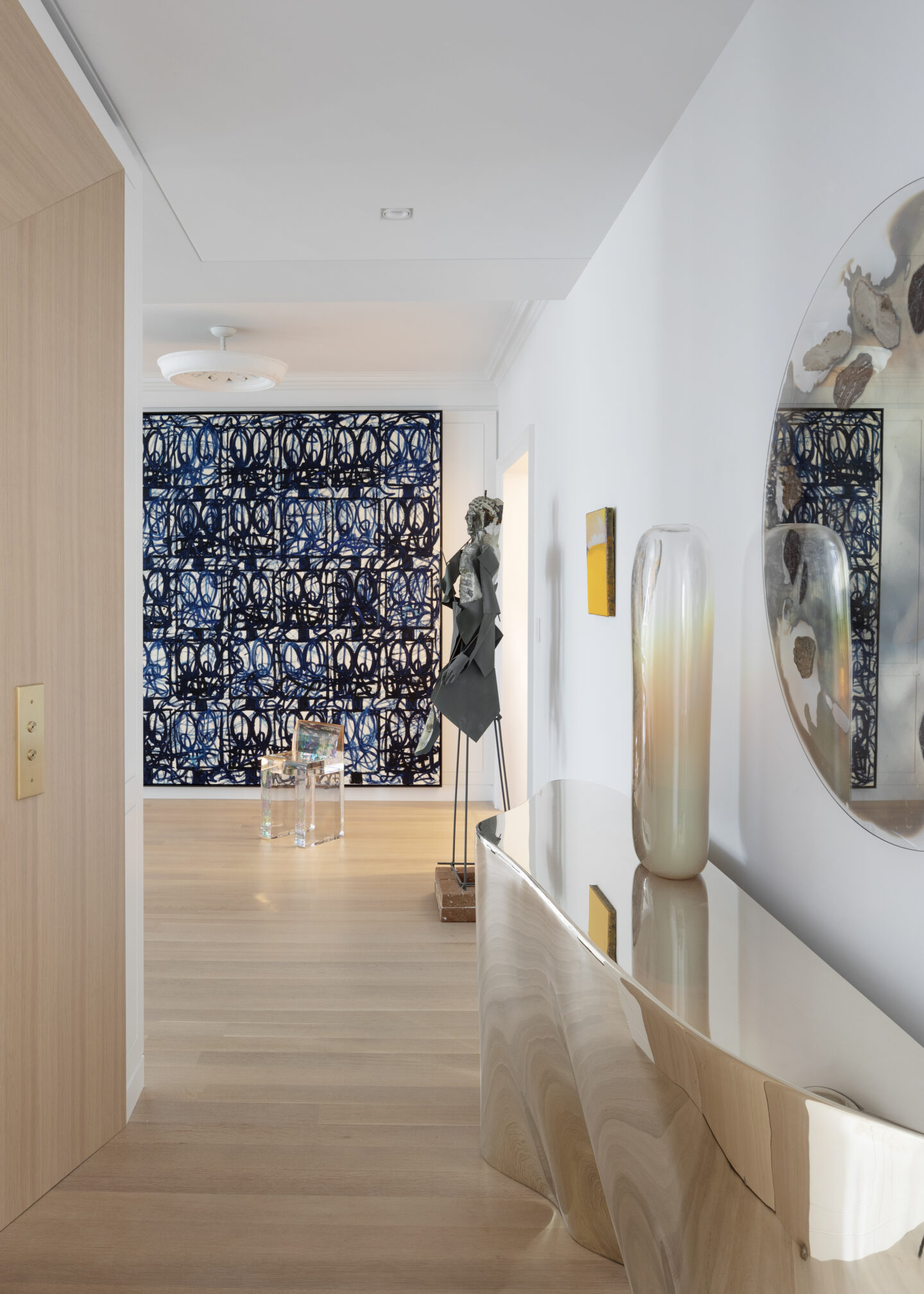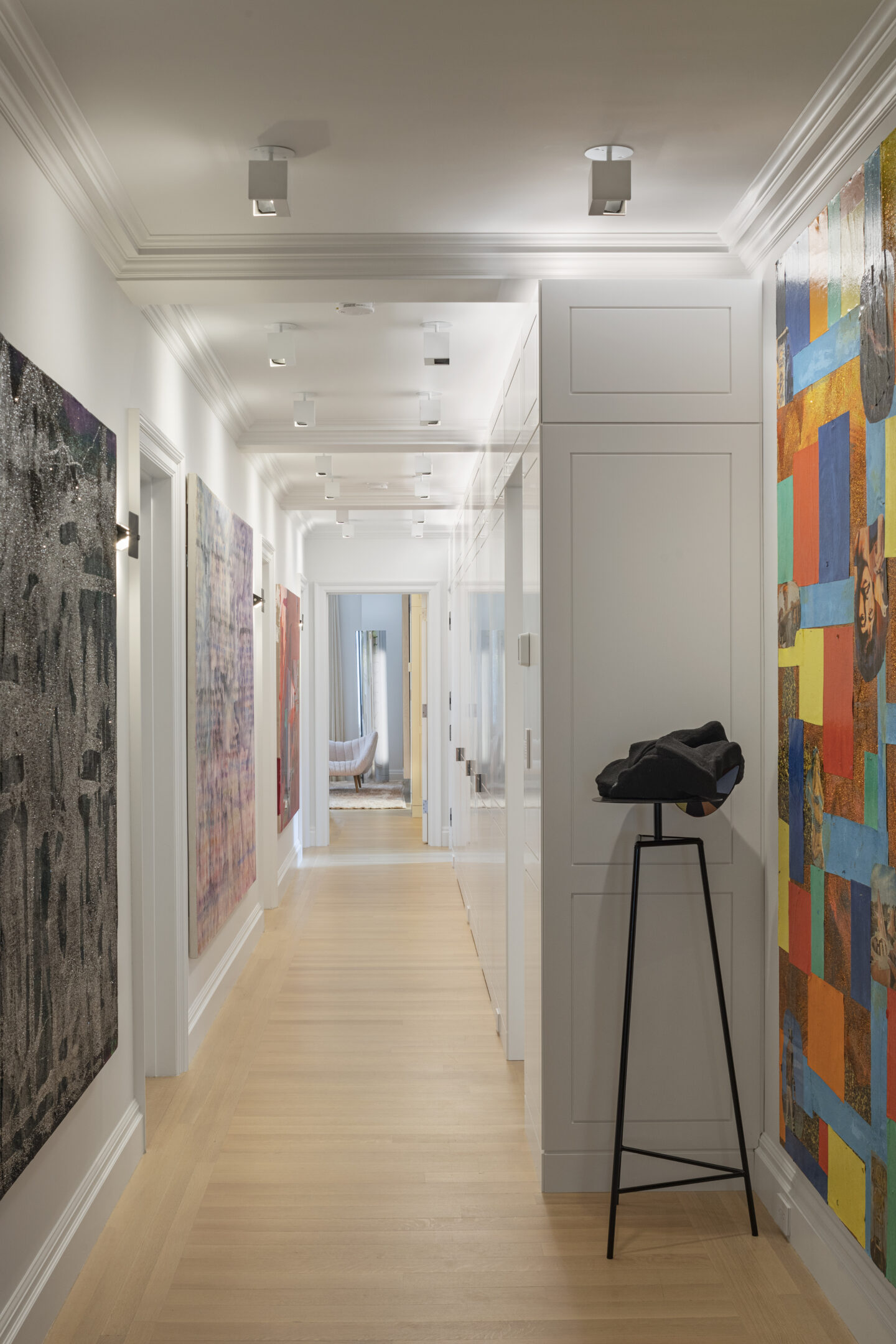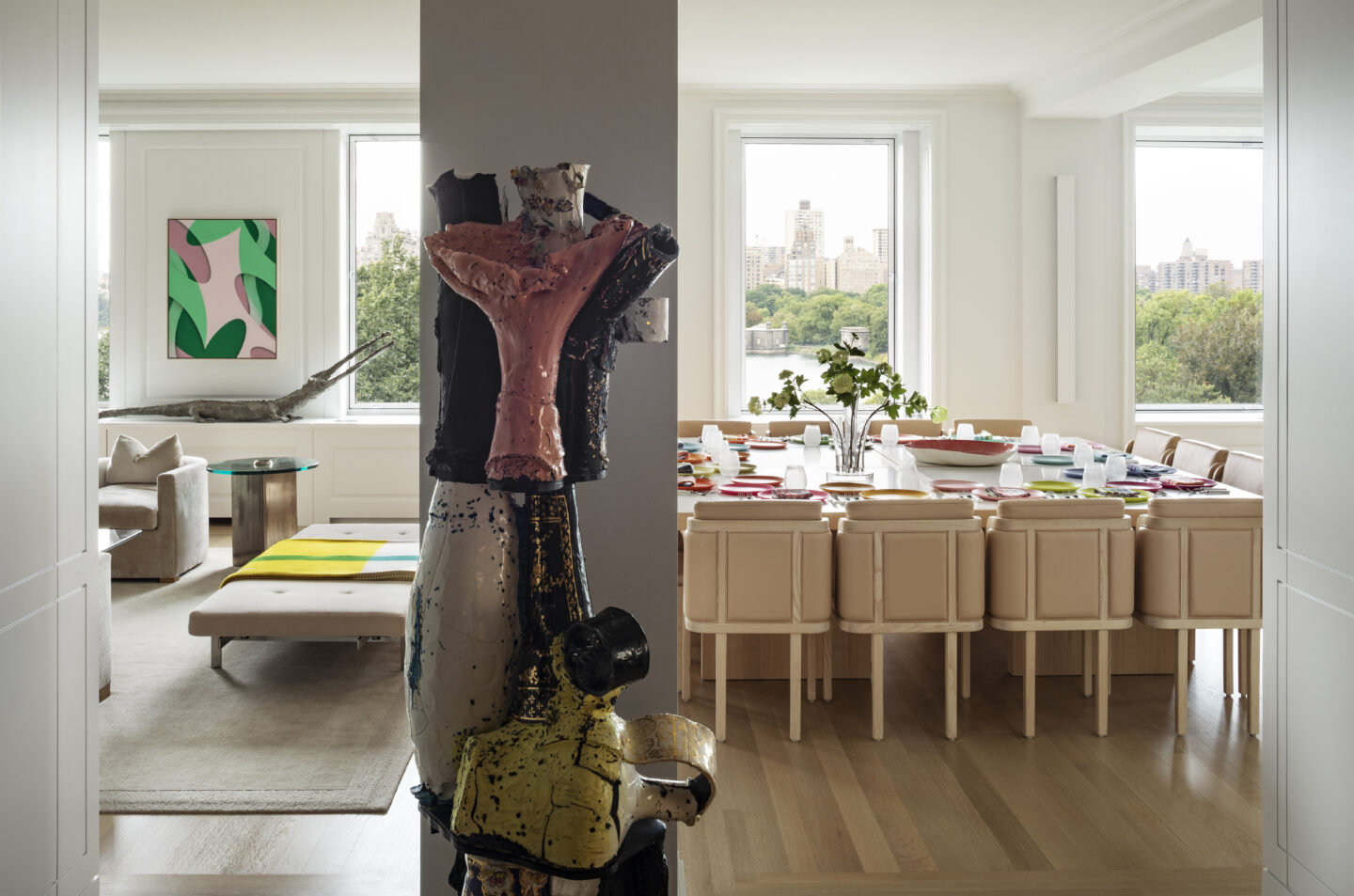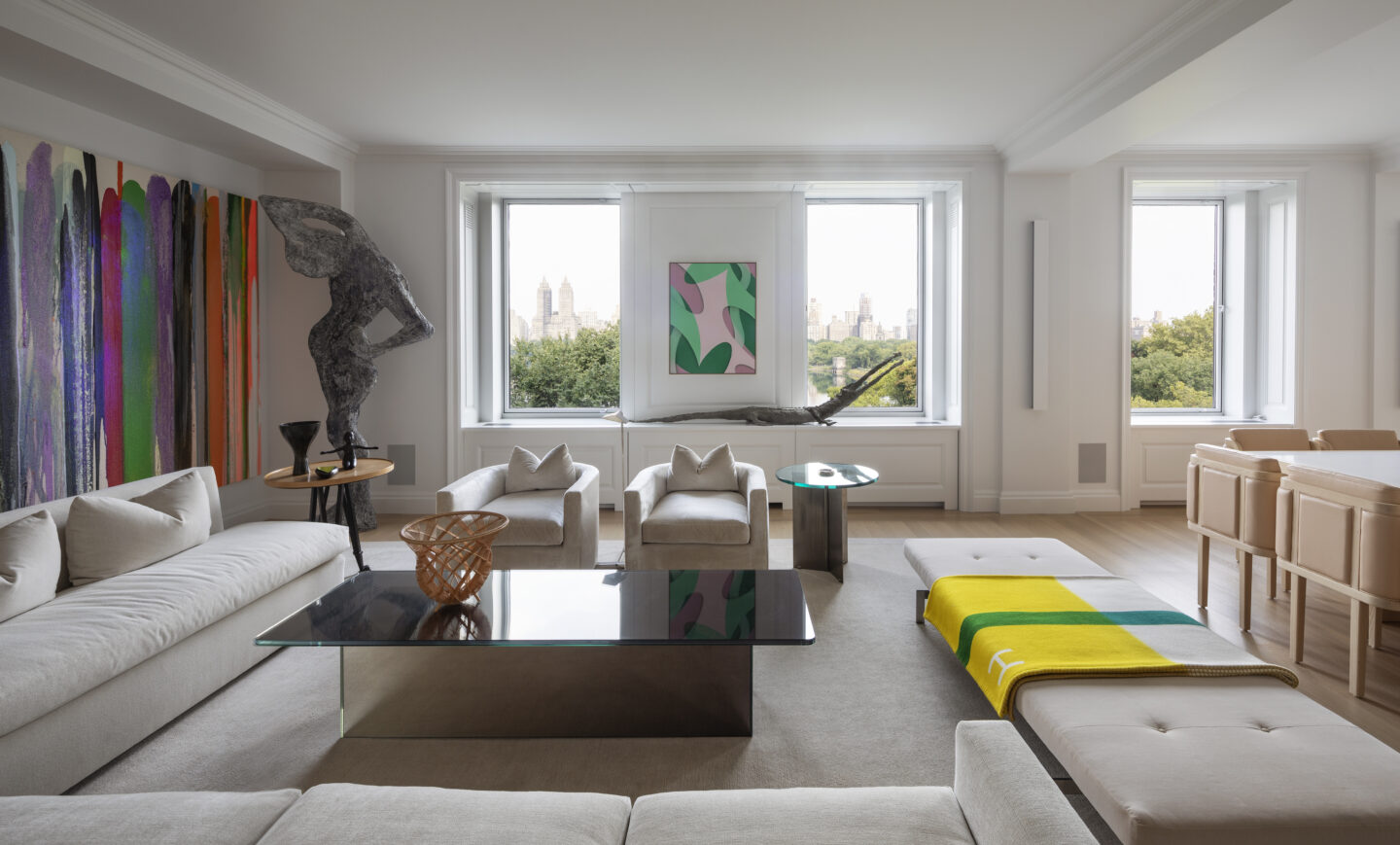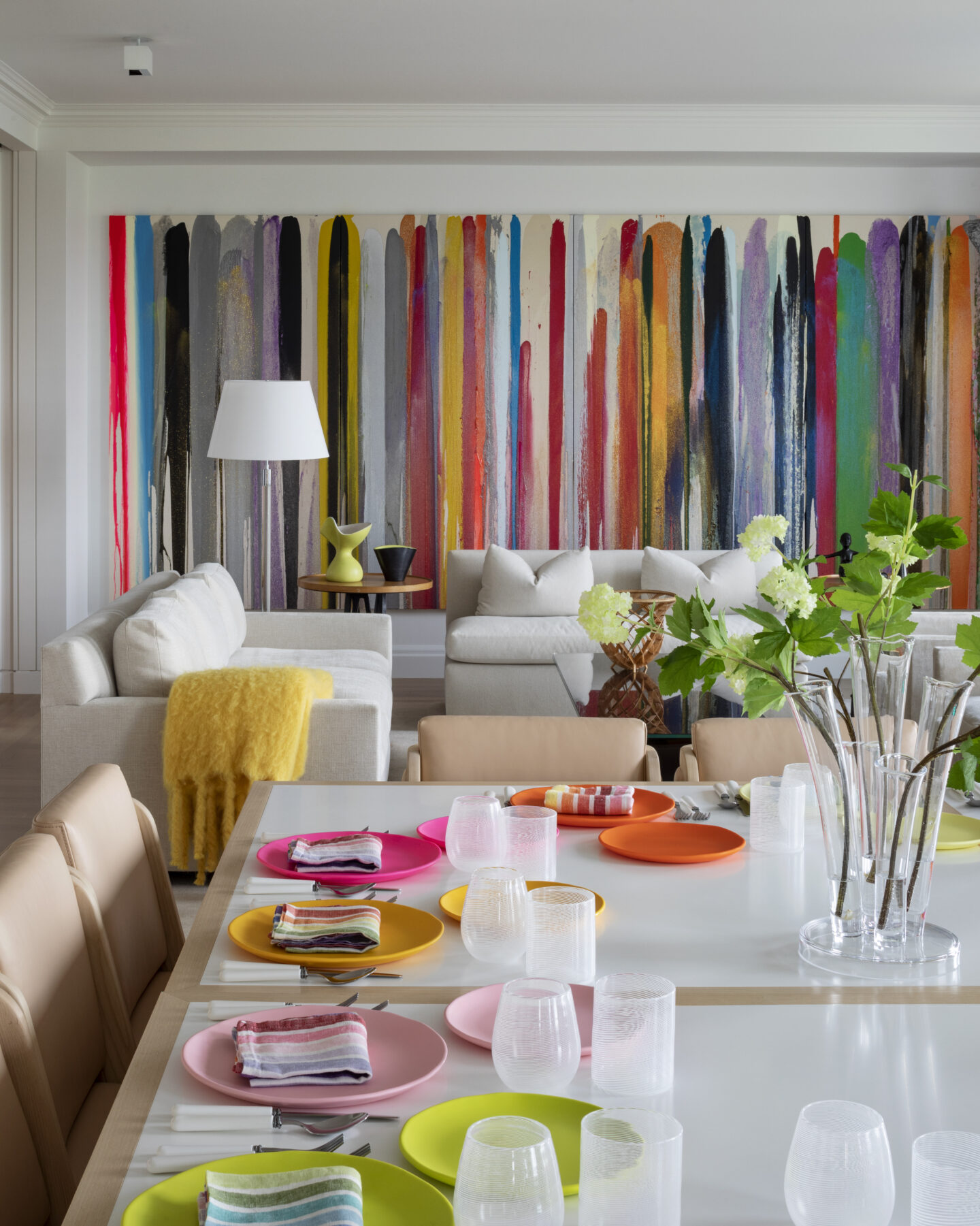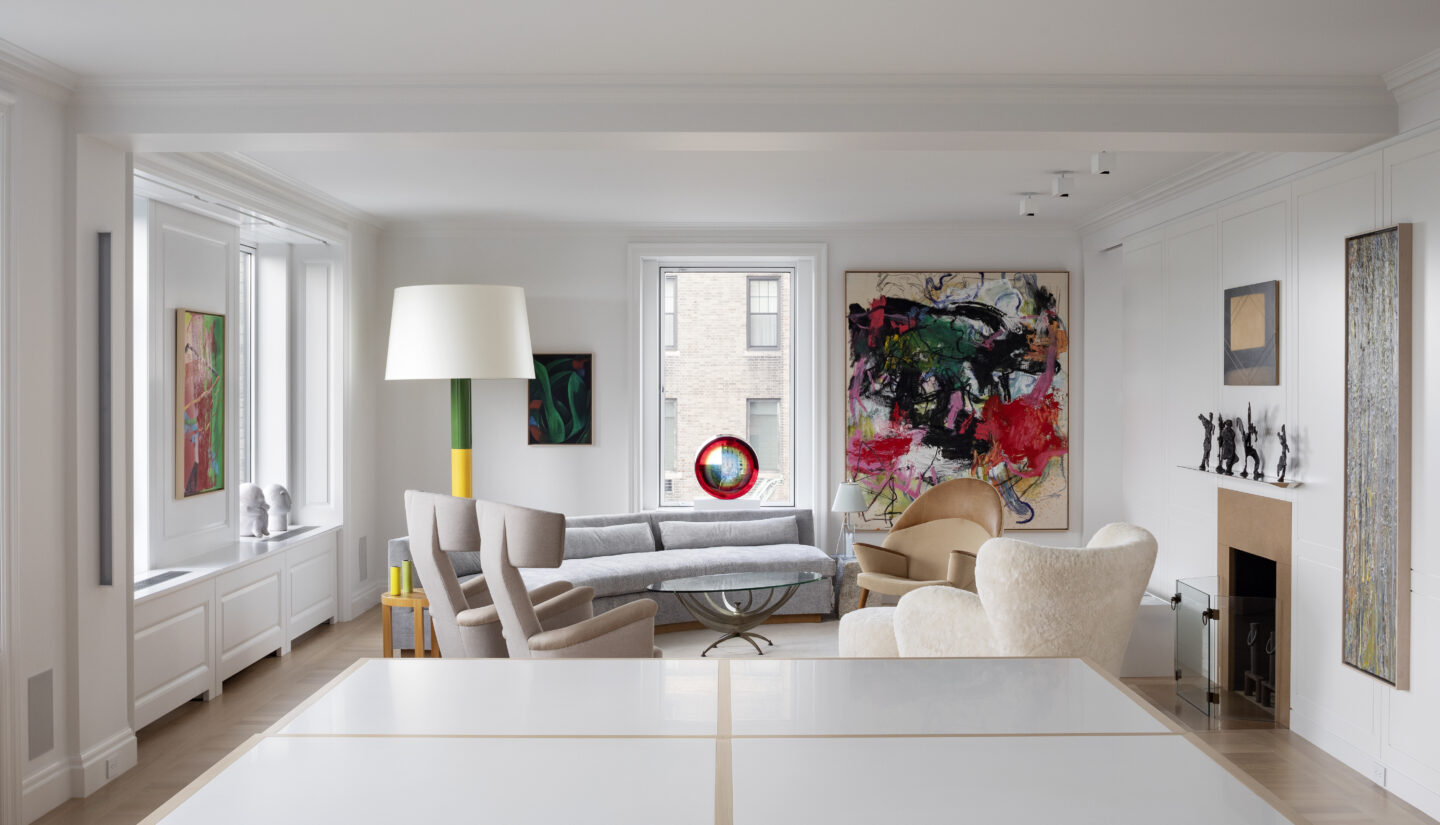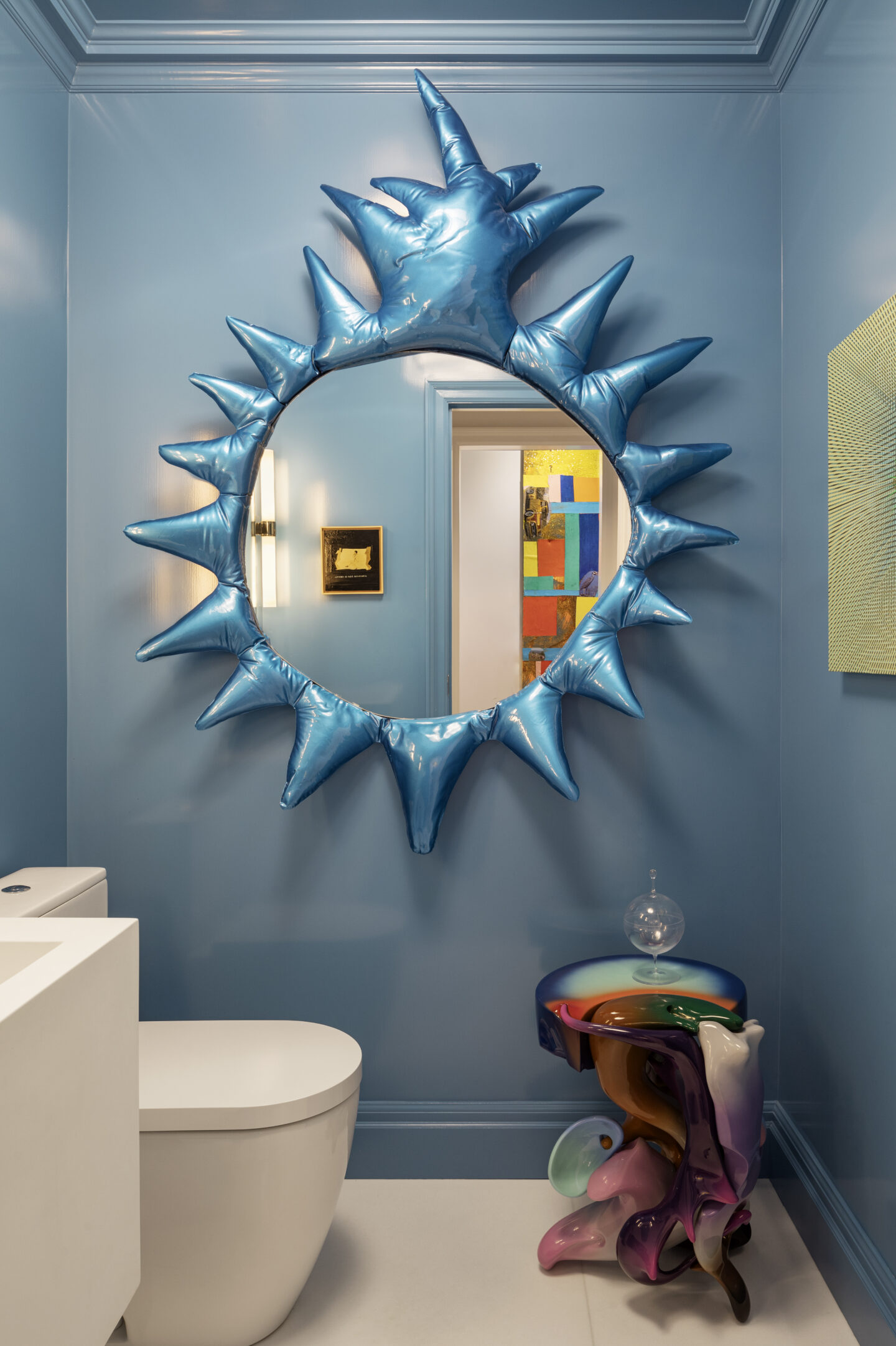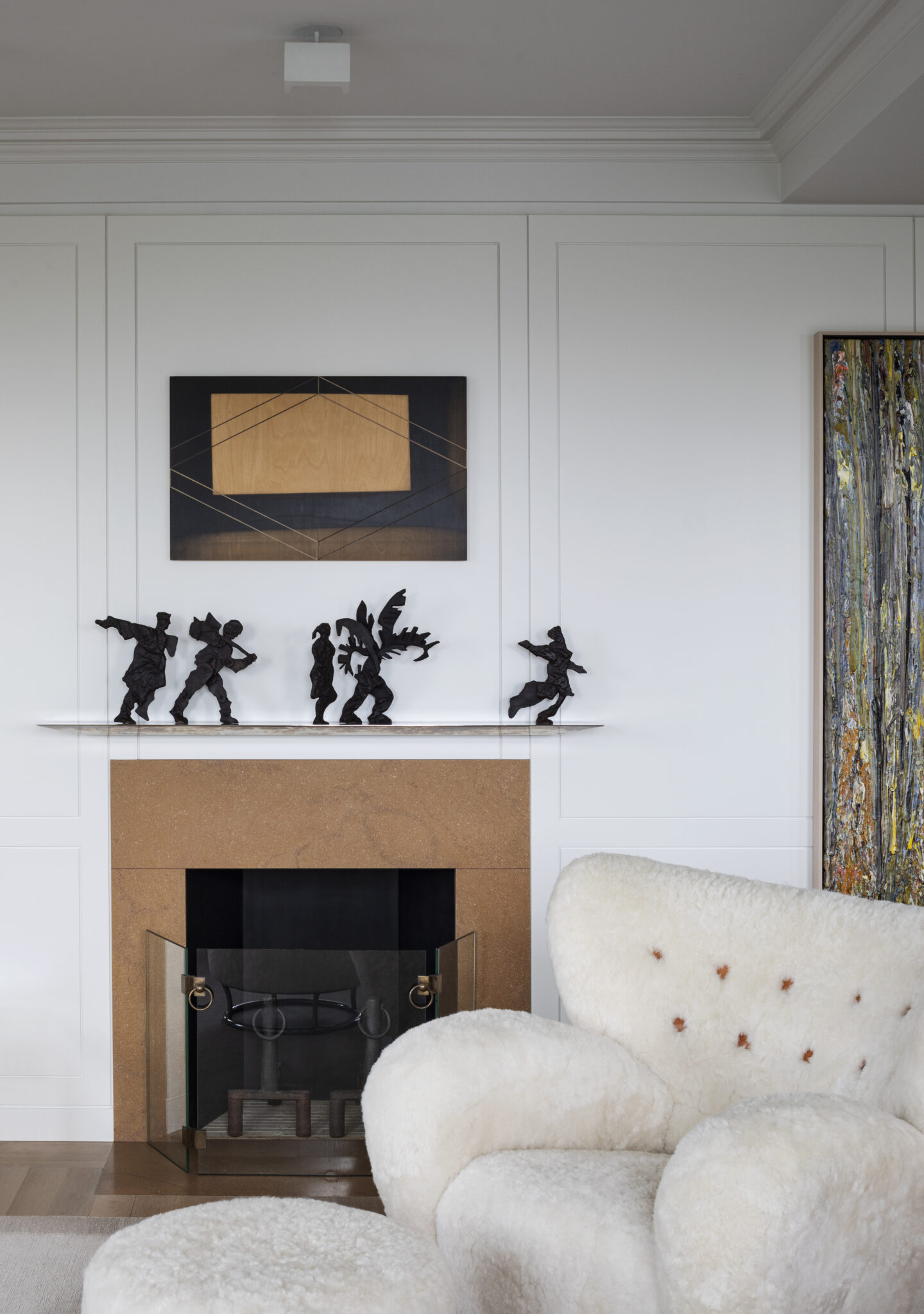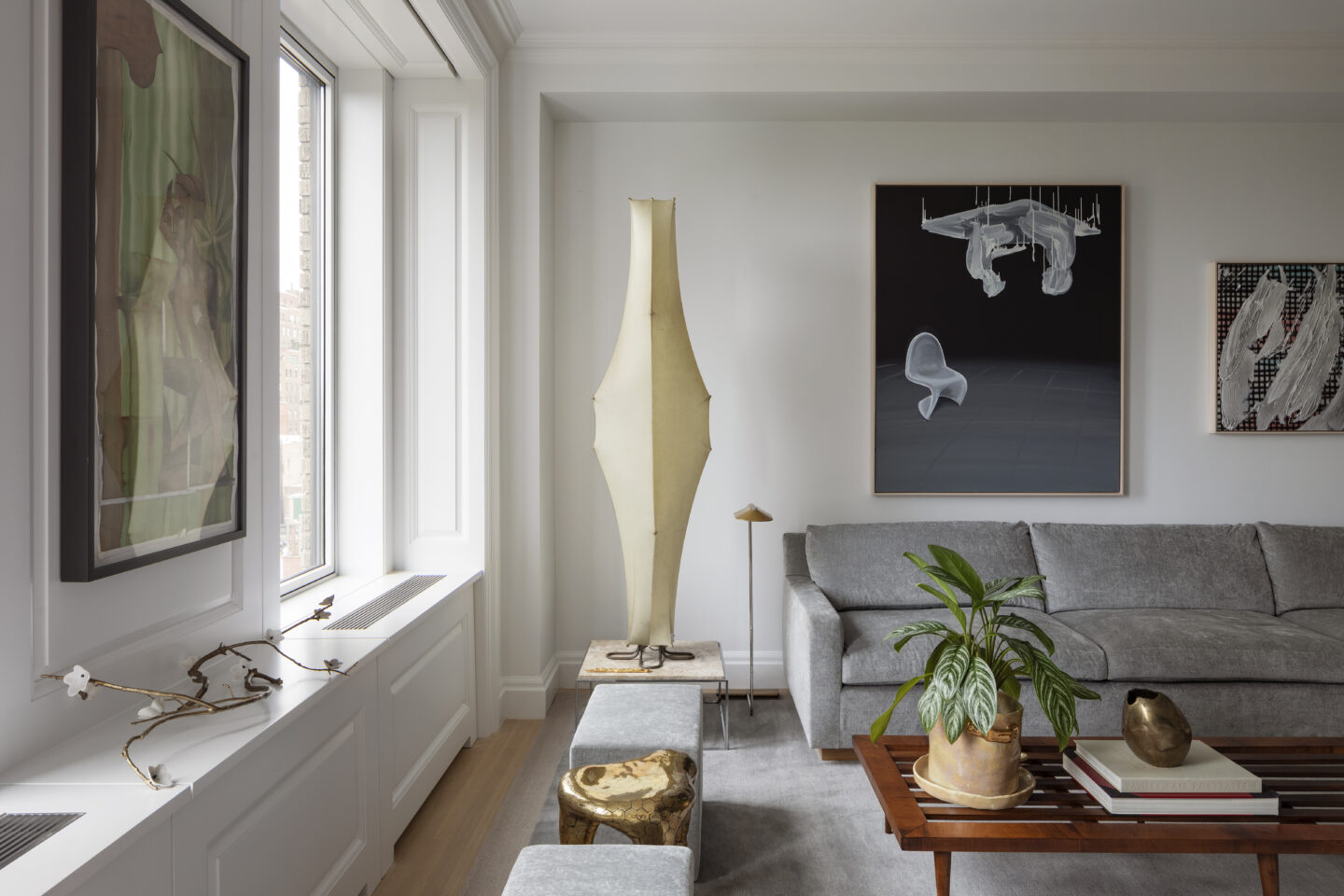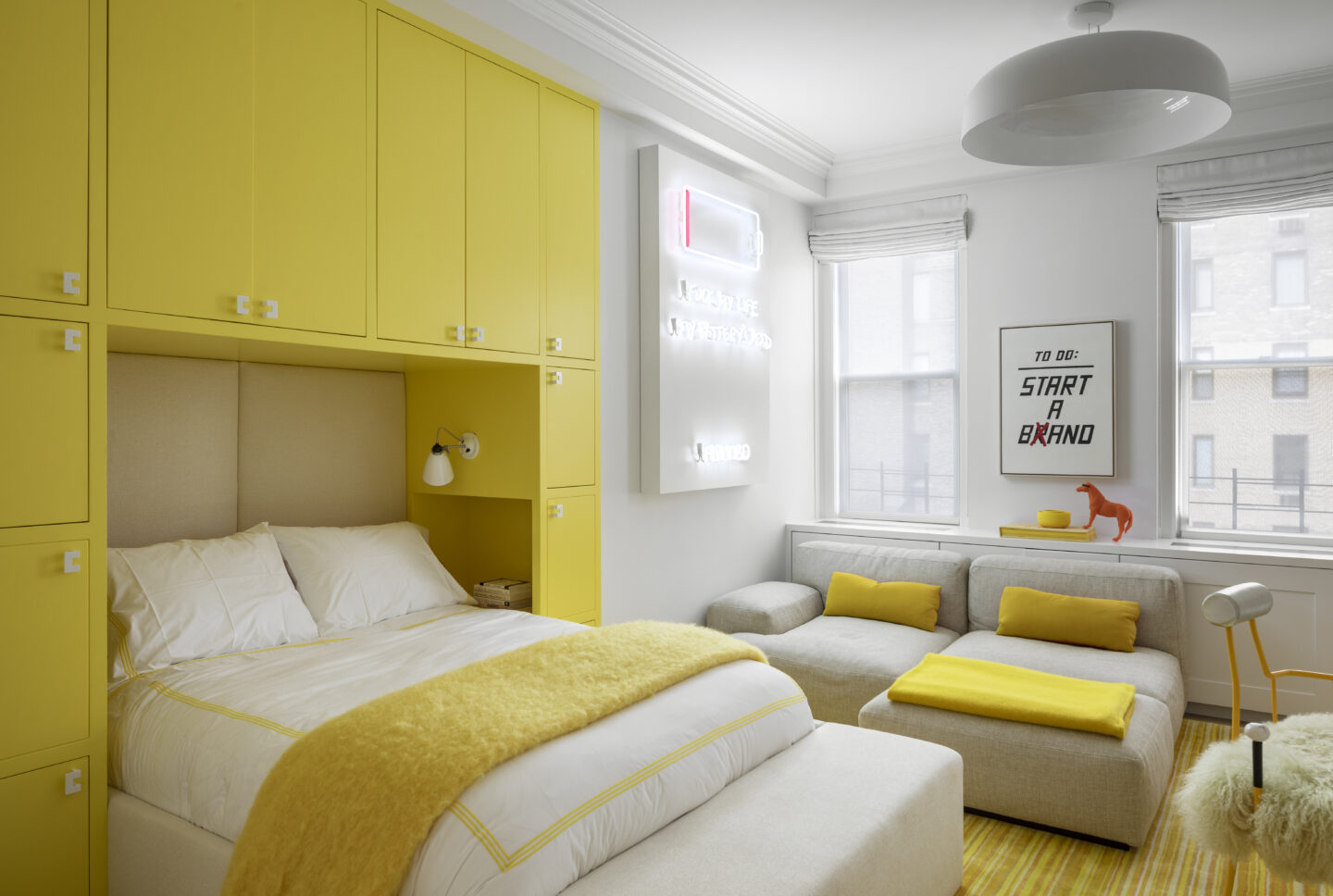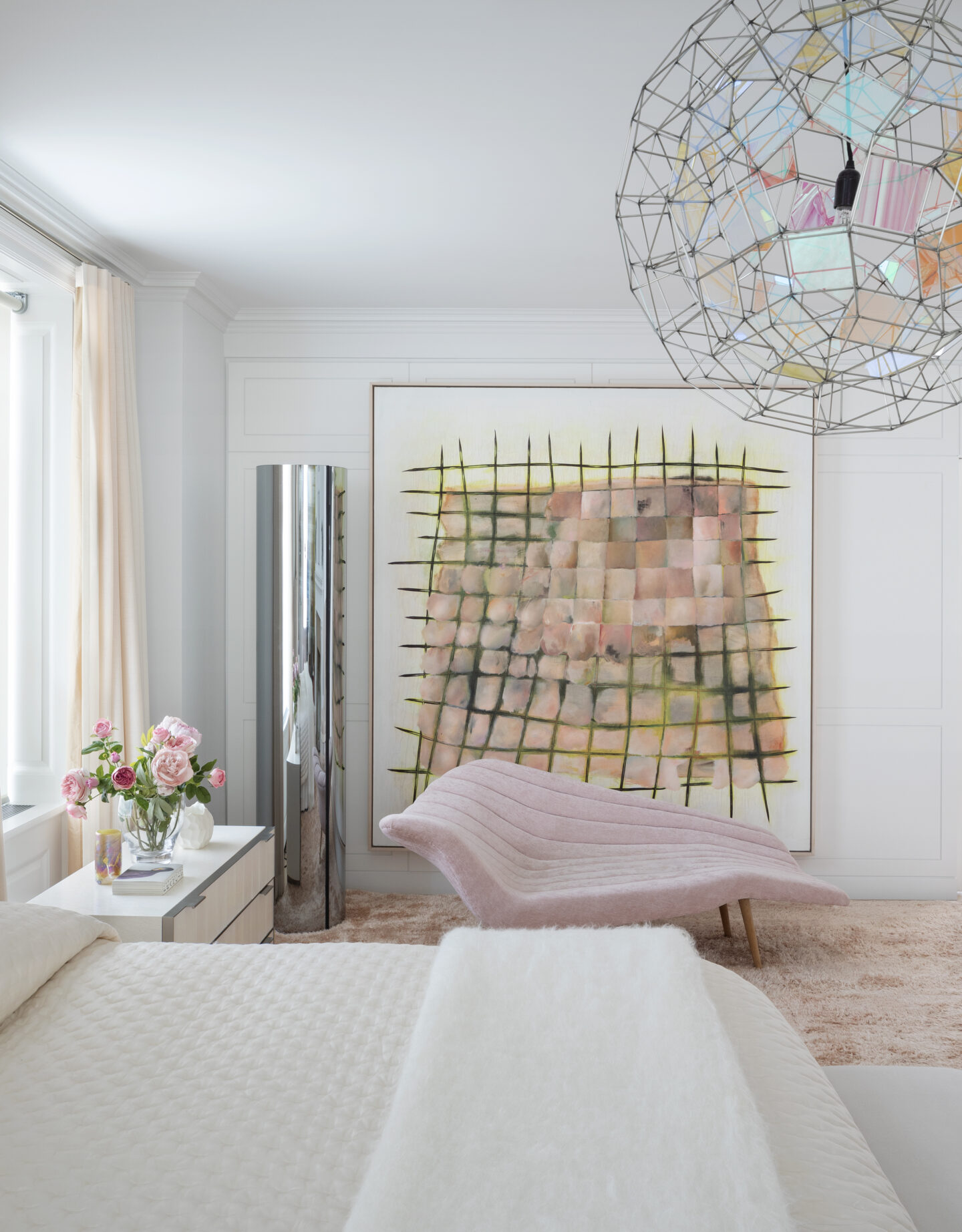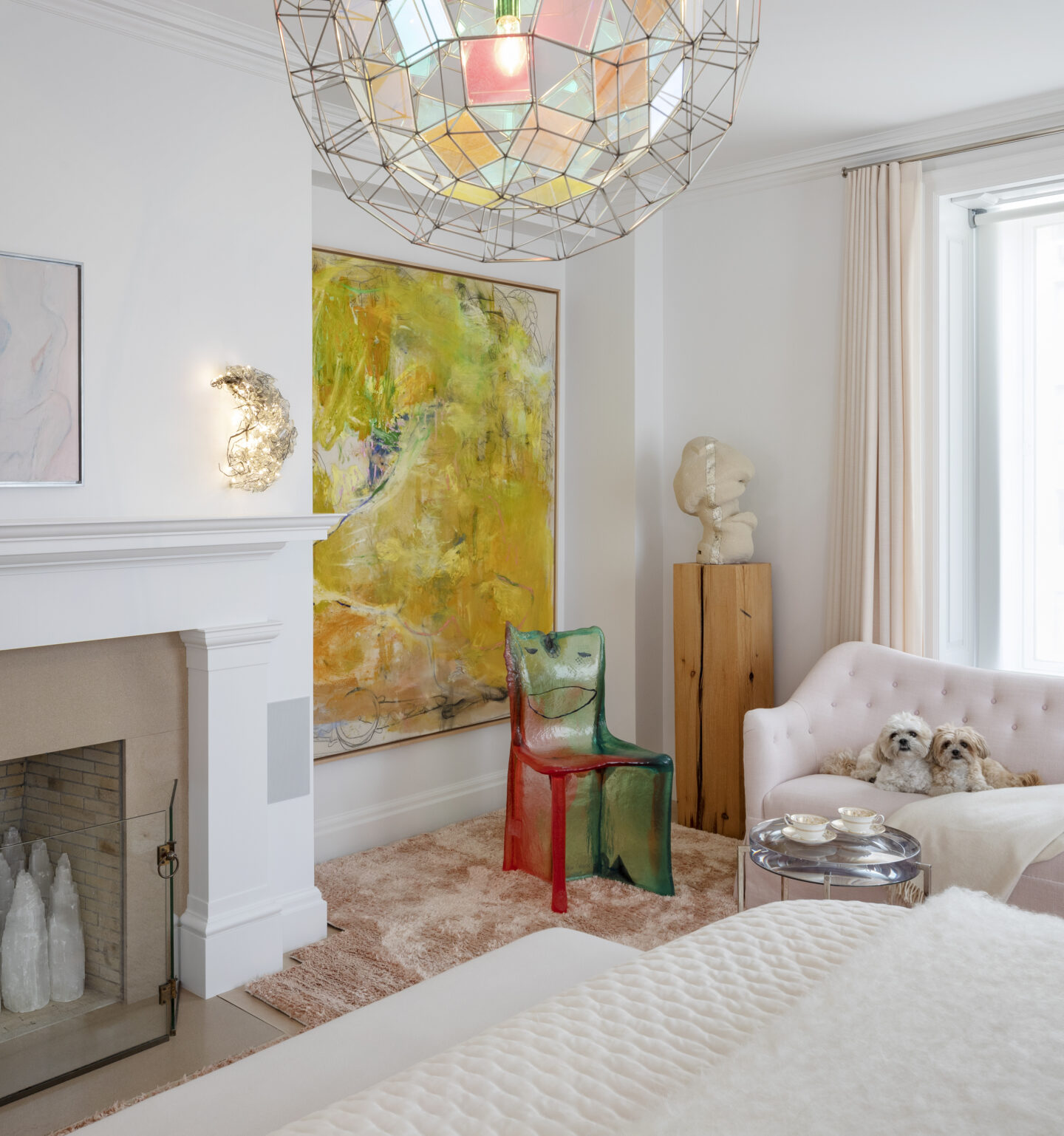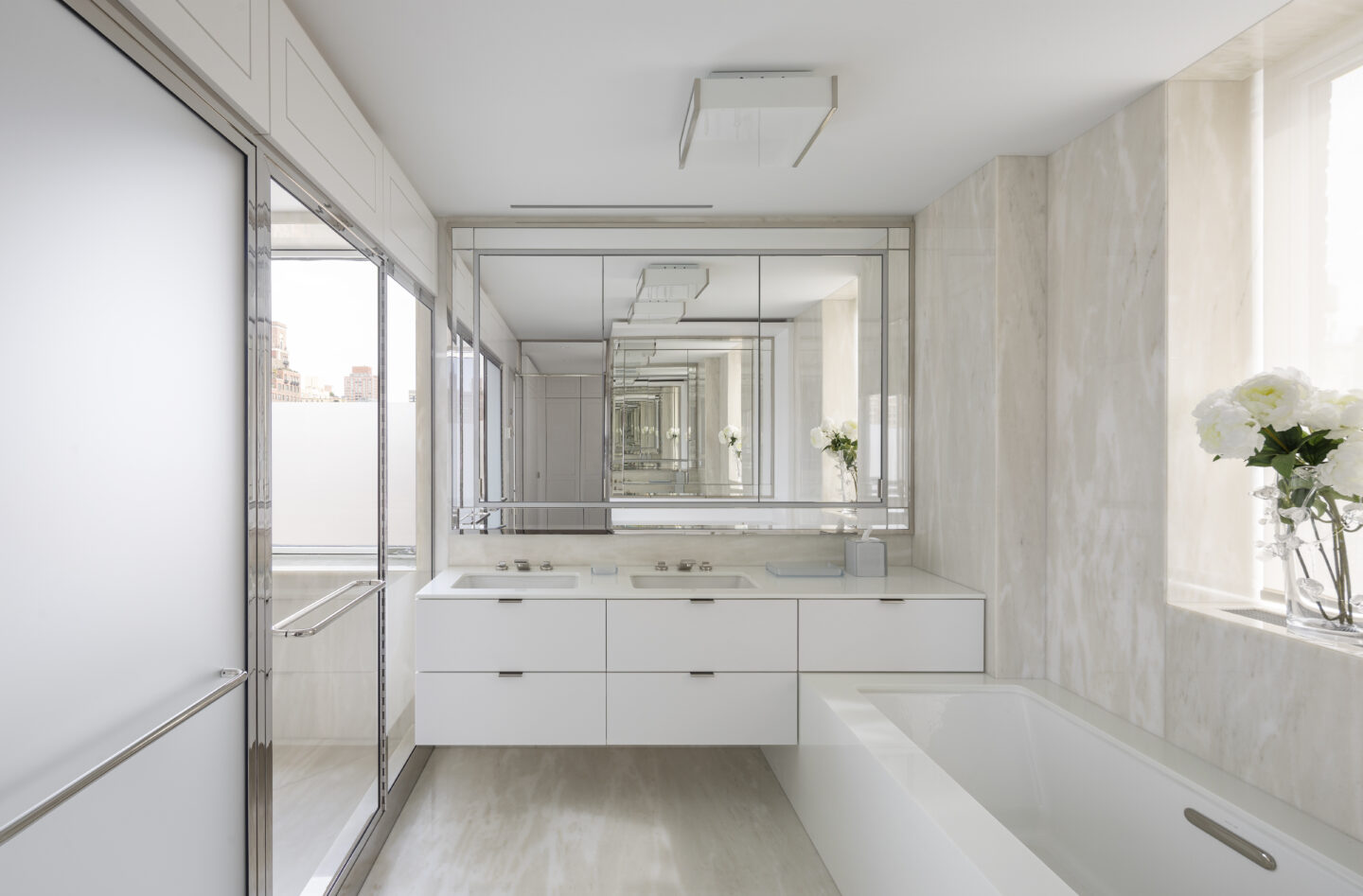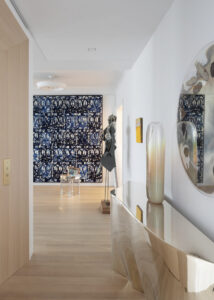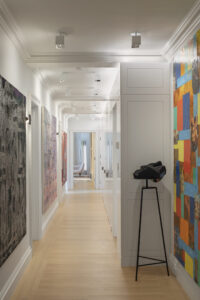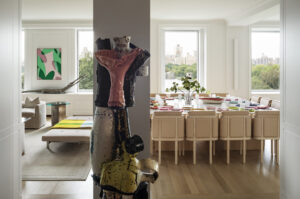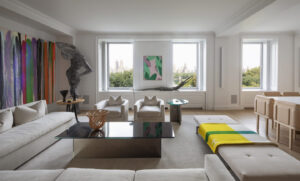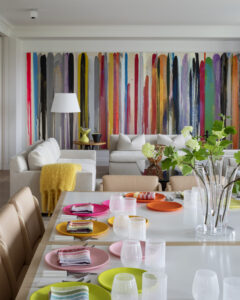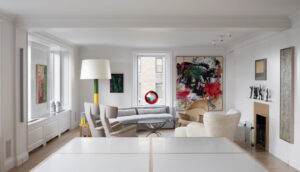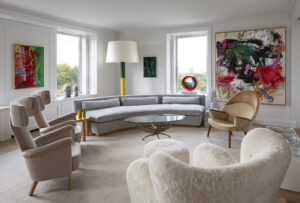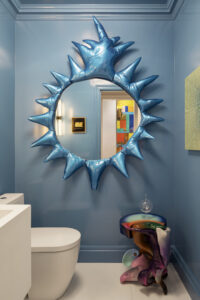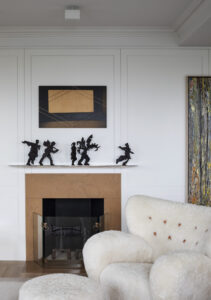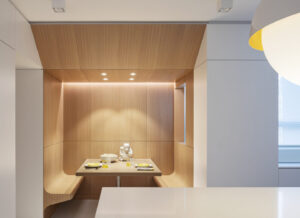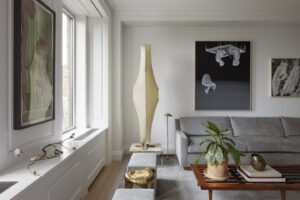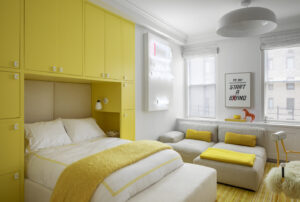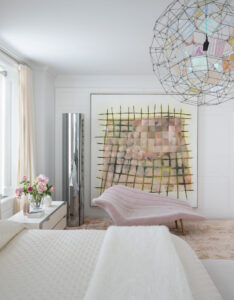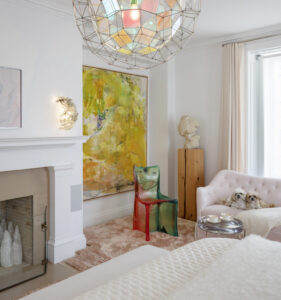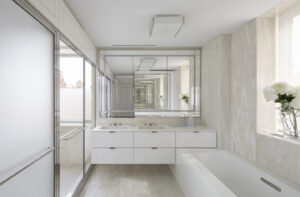MANHATTAN RESERVOIR RESIDENCE
Problem:
In a disconnected series of enclosed spaces, unify and open spaces to feel the presence of the light on three exposures and views of the reservoir and New York’s Central Park.
Solution:
The objective in this pre-war Manhattan apartment is to create a cohesive plan to unify and open the disjointed spaces while utilizing the light and views available of New York’s Central Park and Reservoir.
A continuous window wall expressed as a bay system integrates heating, ventilating, storage and a motorized window treatment unifies the living room, family room and dining room. Partitions between these public areas remain freestanding, and the wall itself becomes a clearly articulated element, which emphasizes and frames the views of the Reservoir, Central Park, and the George Washington Bridge. The space appears open and light is allowed to flow freely between the rooms.
